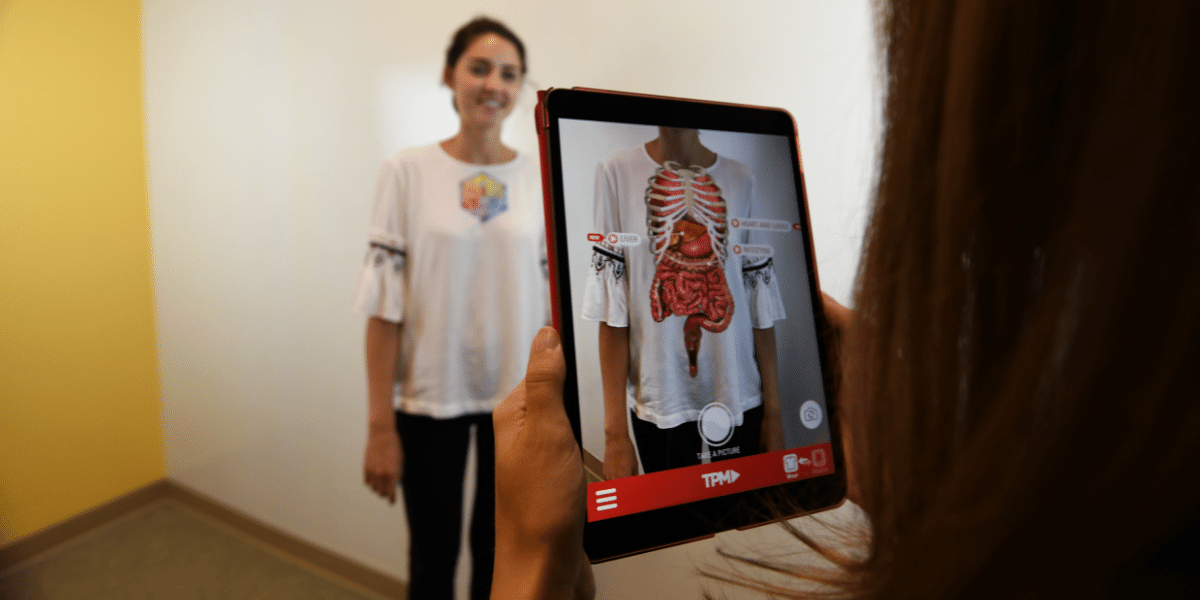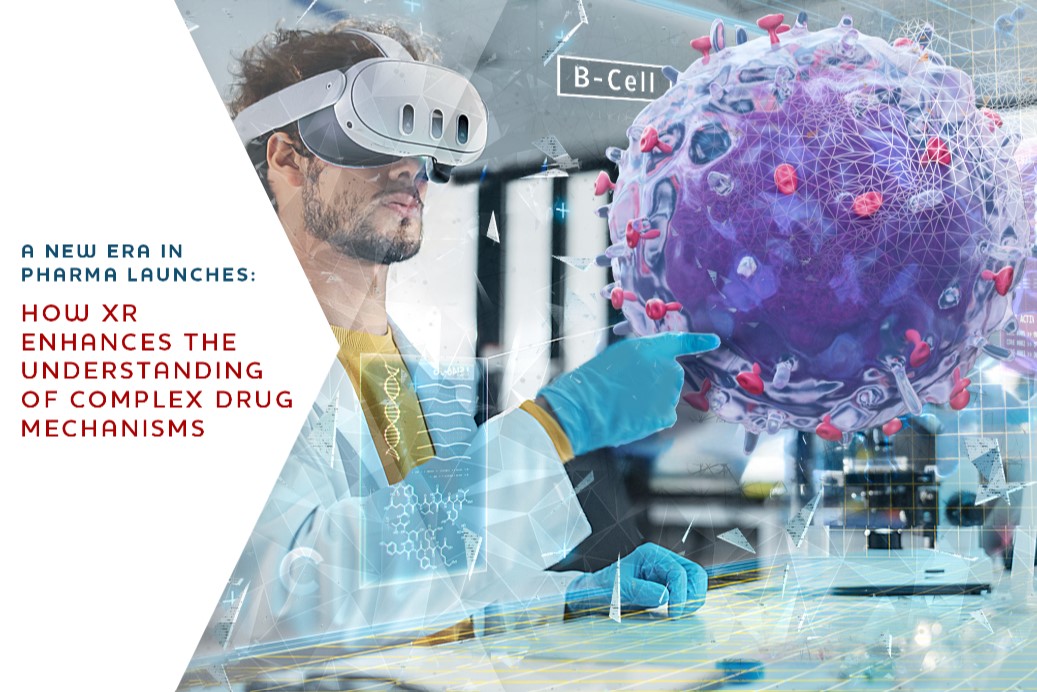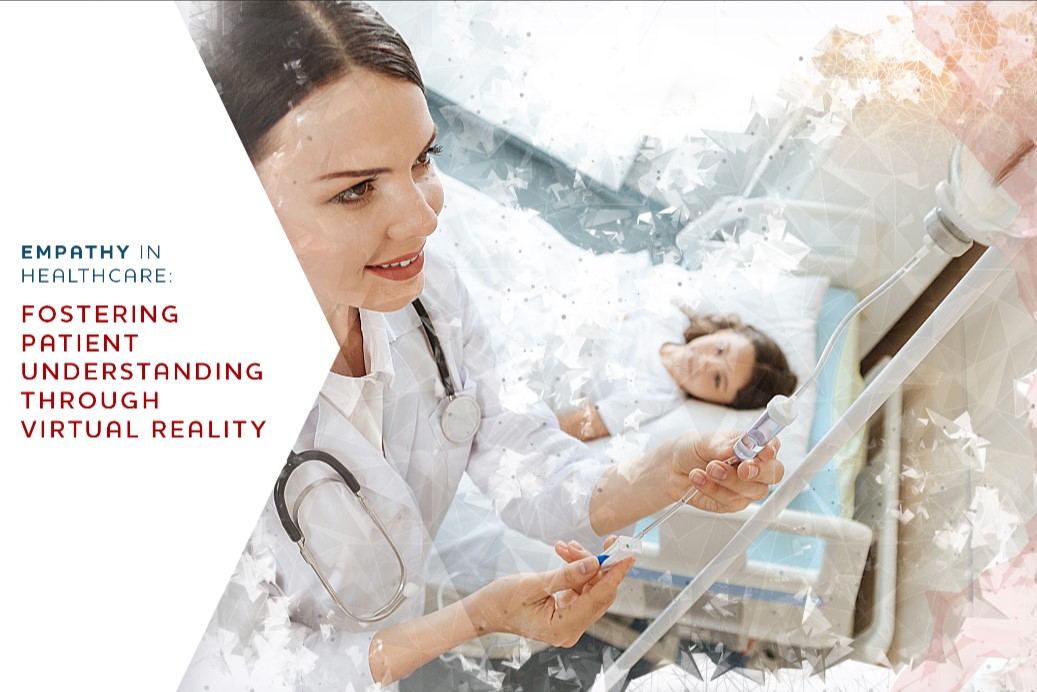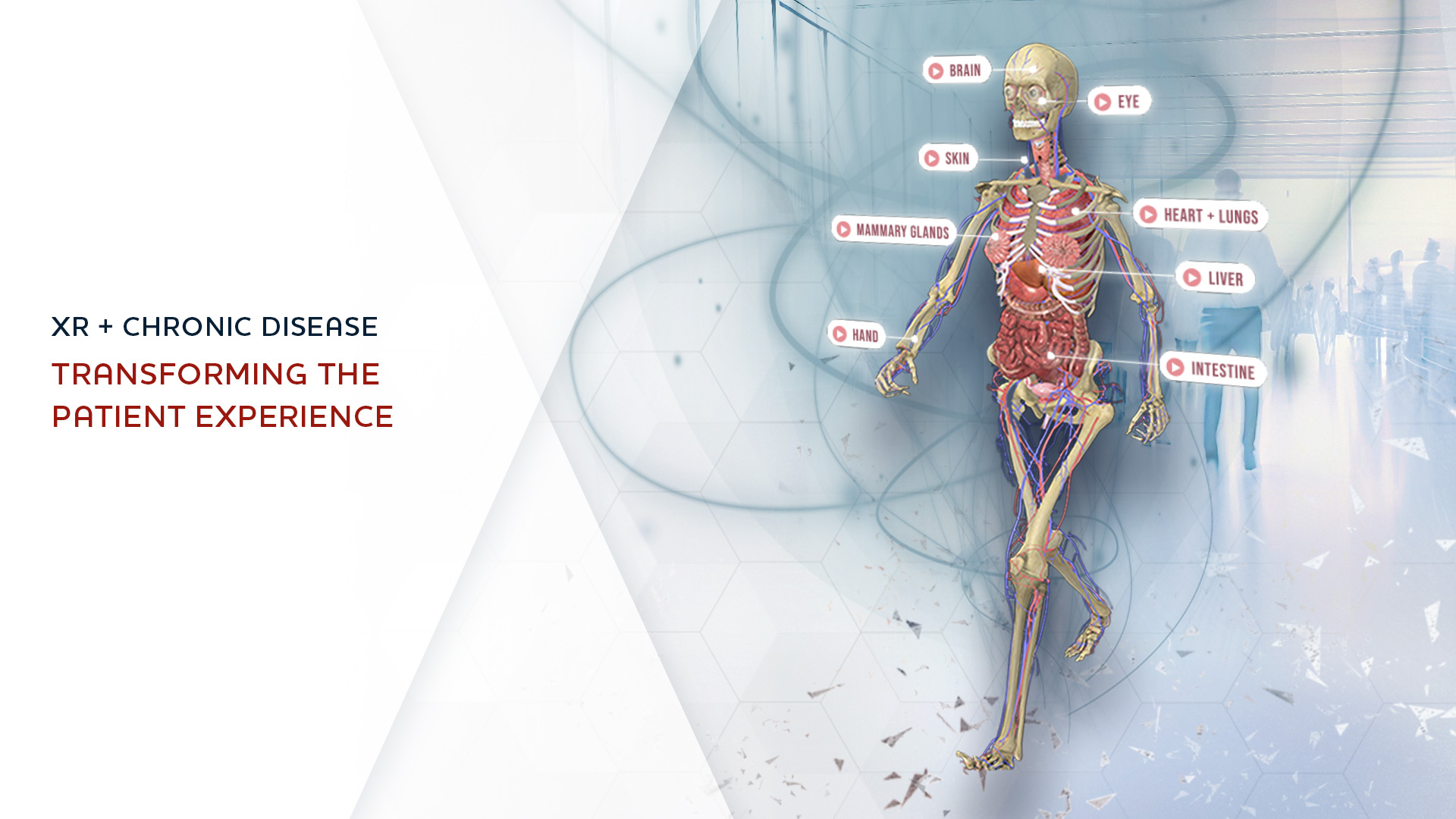A study by the Pew Research Center shows that the use of mobile technology more than doubled in the past years from 35% in 2011 to 81% in 2019, with smartphone technology particularly common among young people — approximately 95% of Americans aged 18-29 years have smartphones. This trend has been key in developing Augmented Reality (AR) in medical education.
Augmented reality is critical for experiential education. The market for AR can reach a whopping $88.4 billion by 2026. As a result, $4 billion may be channeled to further medical education. AR is already making strides in medical education, but many institutions are yet to discover the impact of AR as a teaching tool.
What is Augmented Reality?
Interactive learning is a current trend in all fields of education and training. A combination of tools and technologies integrates technology into the education system to bring new, more effective learning techniques. AR is a key element in creating interactive learning approaches.
AR refers to a technology that facilitates the representation of virtual context to real-world situations through mobile devices, smart glasses, and headsets. An important example of AR in education and training is projection mapping, enabling applications to digitally overlay graphics and videos into physical objects.
Here are the top impacts of AR as a teaching tool in medical education:
Improved Knowledge and Understanding
Medical education involves important information about human anatomy and physiological functions. Anatomy and physiology are the leading concepts with AR and virtual reality (VR) applications in medical education. As a result, teaching these concepts has significantly aided the development of multiple virtual programs, including virtual cadavers. Instead of using the conventional computer and mouse to access information, AR facilitates ways medical students interact with virtual anatomical representations in a 3D format, allowing students interactions with structures and gain immersive experiences that enhance knowledge and comprehension.
AR allows flawless manipulation of information in the digital platform to identify interrelationships. AR effects in learning anatomy are evident from how it will enable even seemingly intertwined physiological elements to be studied separately. For instance, AR enhances the efficient branching of blood vessels and nerves in learning blood vessels, giving students a clear picture of each as a separate element.
In addition, AR plays a critical role in teaching names for various anatomical structures. As a result, students can select particular regions and access adequate information about the focused structure.
Advanced Practical Skills
A general assumption holds that medical graduates have adequately internalized information and have sufficient knowledge about human physiology, health care issues, and intervention procedures. While the conventional medical education teaching approach equips healthcare professionals, it leaves considerable gaps that could affect the quality of care medical practitioners provide to their patients.
Nonetheless, experiential education in AR is critical in filling the gap. Physical models in interactive education help medical professionals interact with the digital representation of a real patient and improve their practical and examination skills. The technology also allows HCP to make valuable mistakes and practice re-correcting the error until they perfect deal with such a problem in real-life practice.
A plethora of studies focusing on the impact of AR as a teaching tool shows that medical professionals trained using digital simulators have a better mastery of practical skills than those trained through patient models or manikins. Therefore, AR impacts patient outcomes by improving healthcare professionals’ practical and assessment skills.
Enhance Social Skills
Medical training focuses on not only practical and technical skills but also social interactions and the human aspect of medical professionals. With globalization and the increased need for medical practitioners to broaden their skills in vast fields, they interact with patients from diverse backgrounds.
Treating patients from different ethnic, cultural, or national backgrounds can be daunting. In addition, patients and medical practitioners may have stereotypes and biases about certain cultures. Therefore, medical practitioners must have adequate knowledge of diverse cultures, values, and beliefs to prevent patients’ dissatisfaction.
Fortunately, experiential education in AR helps medical trainers and educators prepare students for challenging social issues they encounter in real-life practice. In addition, AR has tools and techniques allowing students to learn and develop interpersonal communication and professional competencies to conduct themselves with high professional decorum.
A significant difference between professionals trained through conventional approaches and those exposed to simulating complex scenarios has been established. In addition, students trained through augmented reality interactive education portray effective communication skills and better inter-professional interactions.
Impacts on Medical Education Cost
Investing in AR, interactive education, and simulation technology is costly to the practice. Indeed, considering the initial cost of implementing virtual technology at your institution can discourage you from the investment. However, if you think about the long-term impact on finances and education outcomes, AR is a cost-effective investment.
Integrating AR as a teaching tool reduces the need for cadavers, anatomy theaters, and mannequins in training. Instead, AR allows you to teach many HCP more effectively than in traditional classrooms. Healthcare professionals have access to information and anatomical structures from their mobile devices. In the long run, AR helps institutions save a considerable amount required to update their infrastructures constantly.
Recreating Experience Without Risks
AR enables the recreation of complex and dangerous situations that can put a patient in danger when performed in real-life experience. Recreating human physiology allows students to use advanced AR techniques to examine, diagnose and operate on virtual patients configured to portray various health conditions. Simulations improve professionals’ effectiveness in treating threatening medical conditions when dealing with real patients.
Moreover, AR has played a key role in understanding symptoms patients experience. For instance, through simulation, the virtual representation of a patient is configured with multiple conditions allowing students to study each situation separately. Consequently, treating real patients with similar health issues has improved significantly.
Implement AR as a Teaching Tool With Tipping Point Media
The impact of AR as a tool for medical education can’t be underrated. In fact, AR, VR, and interactive education are the future of medical training. Although the effects of AR are recognizable in medical education and healthcare institutions, installing and implementing this technology can be daunting.
Luckily, with professional help, achieving your learning objective through AR is easy. Tipping Point Media has been developing AR solutions for over six years. Our AR experiences can be accessed from any mobile device and common browsers. When you reach out to us, our solutions strategists will guide you through each step to realize the positive impacts of augmented reality interactive education.
Contact us to request a demo.



